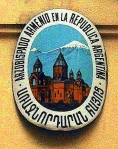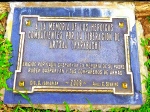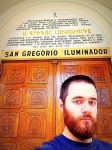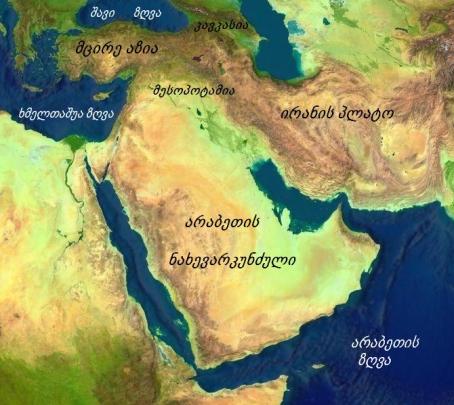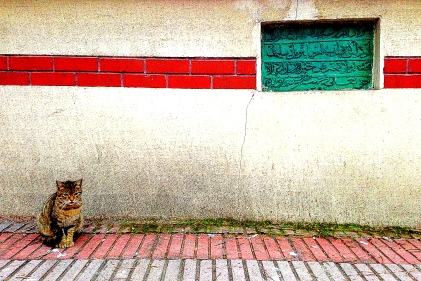Are you familiar with computer programming? Do you know Python?? Have you ever wanted to write Python with Georgian keywords??? Yeah?! Well watch and be amazed.
I assume you have a recent version of Python (3.4+) and pip installed. First, run
$ pip3 install experimental
Then:
$ python3 -m experimental
experimental console version 0.9.7. [Python version: 3.6.5]
~~> georgian_keywords = {'თუ': 'if', 'სხვა': 'else'}
~~> from experimental.transformers.utils.one2one import translate
~~> class GeorgianSyntax:
... def transform_source(self, source):
... return translate(source, georgian_keywords)
...
~~> import experimental
~~> experimental.transforms.transformers['georgian_syntax'] = GeorgianSyntax()
~~> from __experimental__ import georgian_syntax
~~> for რიცხვი in range(5):
... თუ რიცხვი % 2 == 0: # if
... print(რიცხვი, 'ლუწი')
... სხვა: # else
... print(რიცხვი, 'კენტი')
...
0 ლუწი
1 კენტი
2 ლუწი
3 კენტი
4 ლუწი
Wow! Somebody who actually knows Georgian would be able to Georgianize even more of the keywords. If anyone wants to give it a shot, let me know how it goes.

